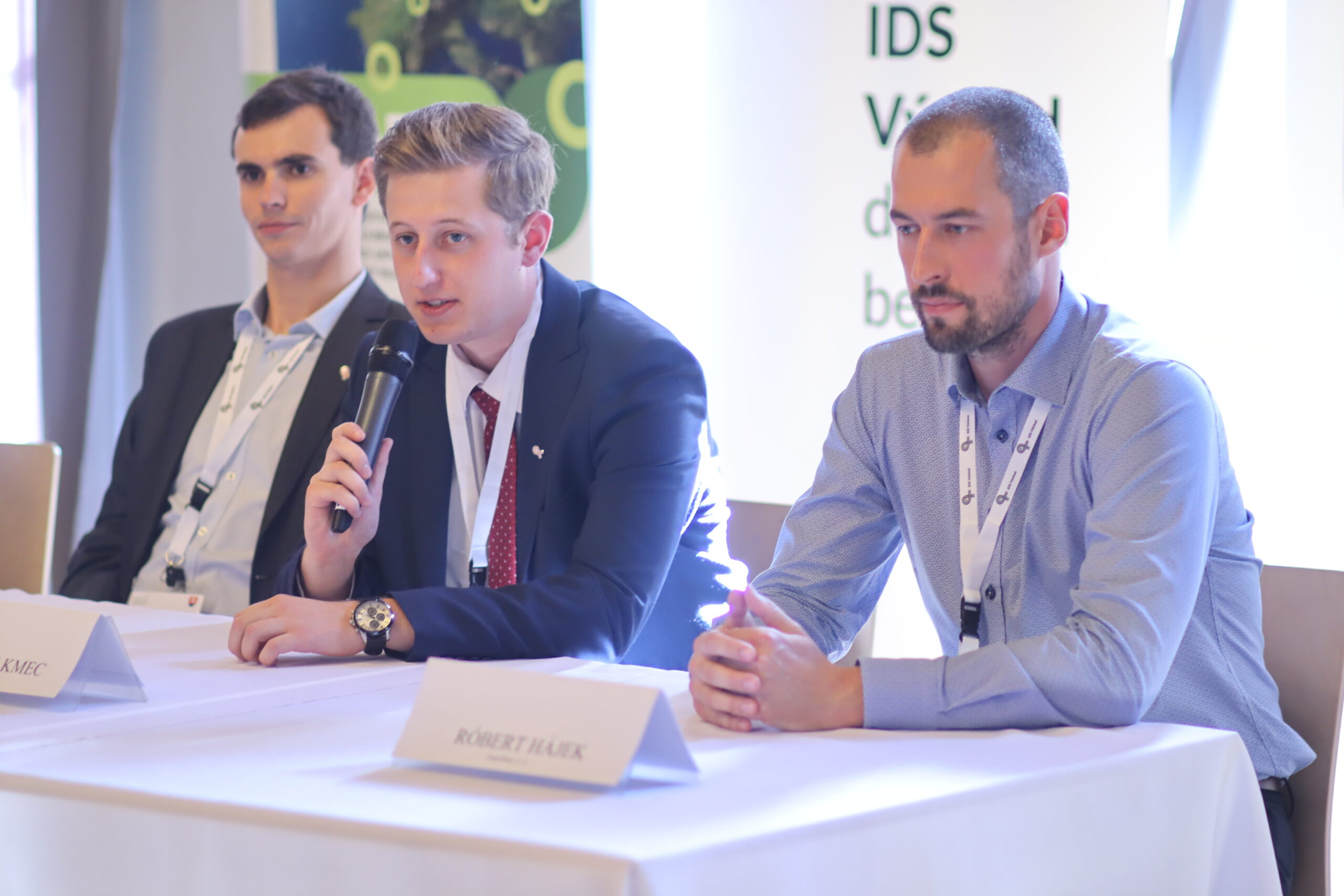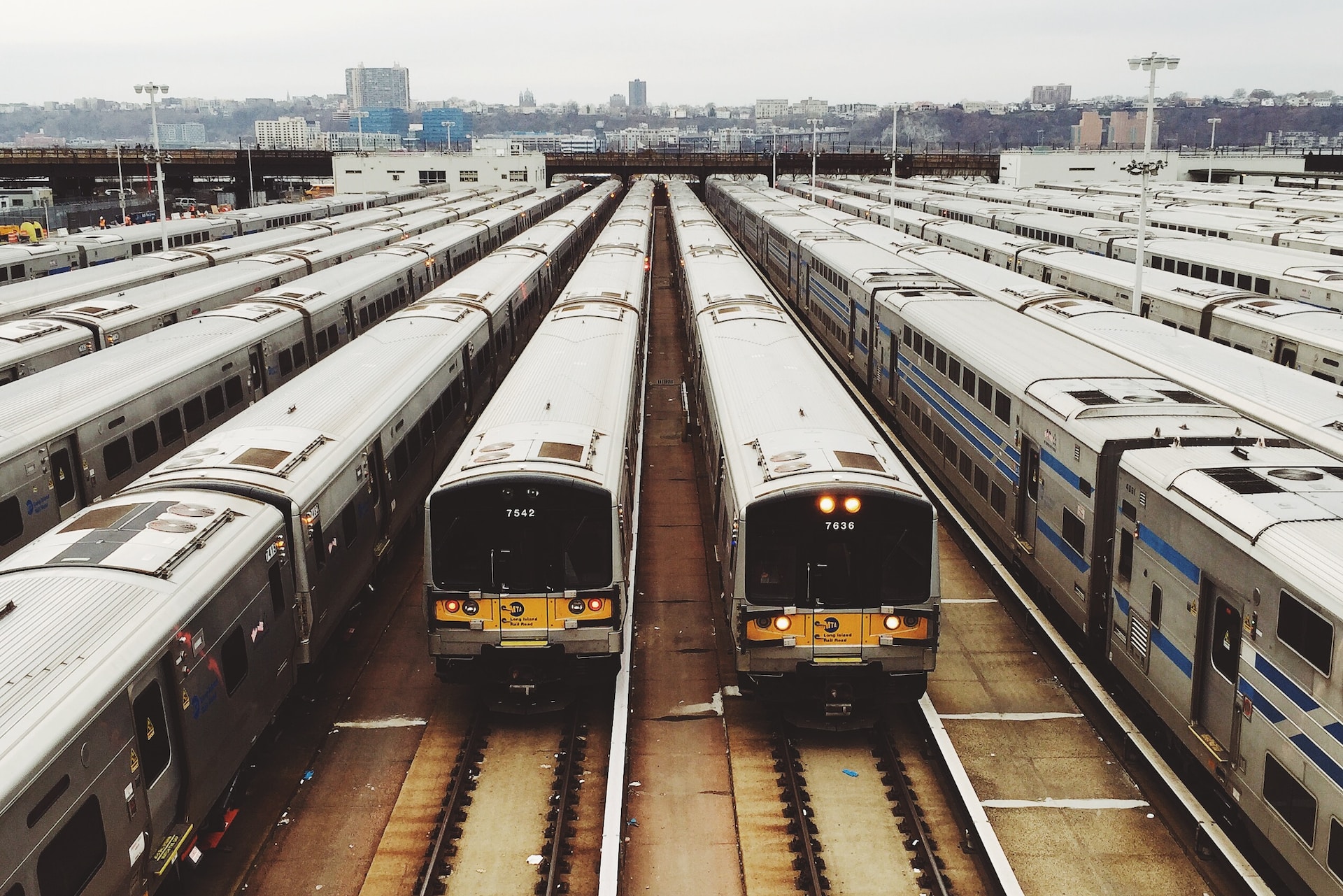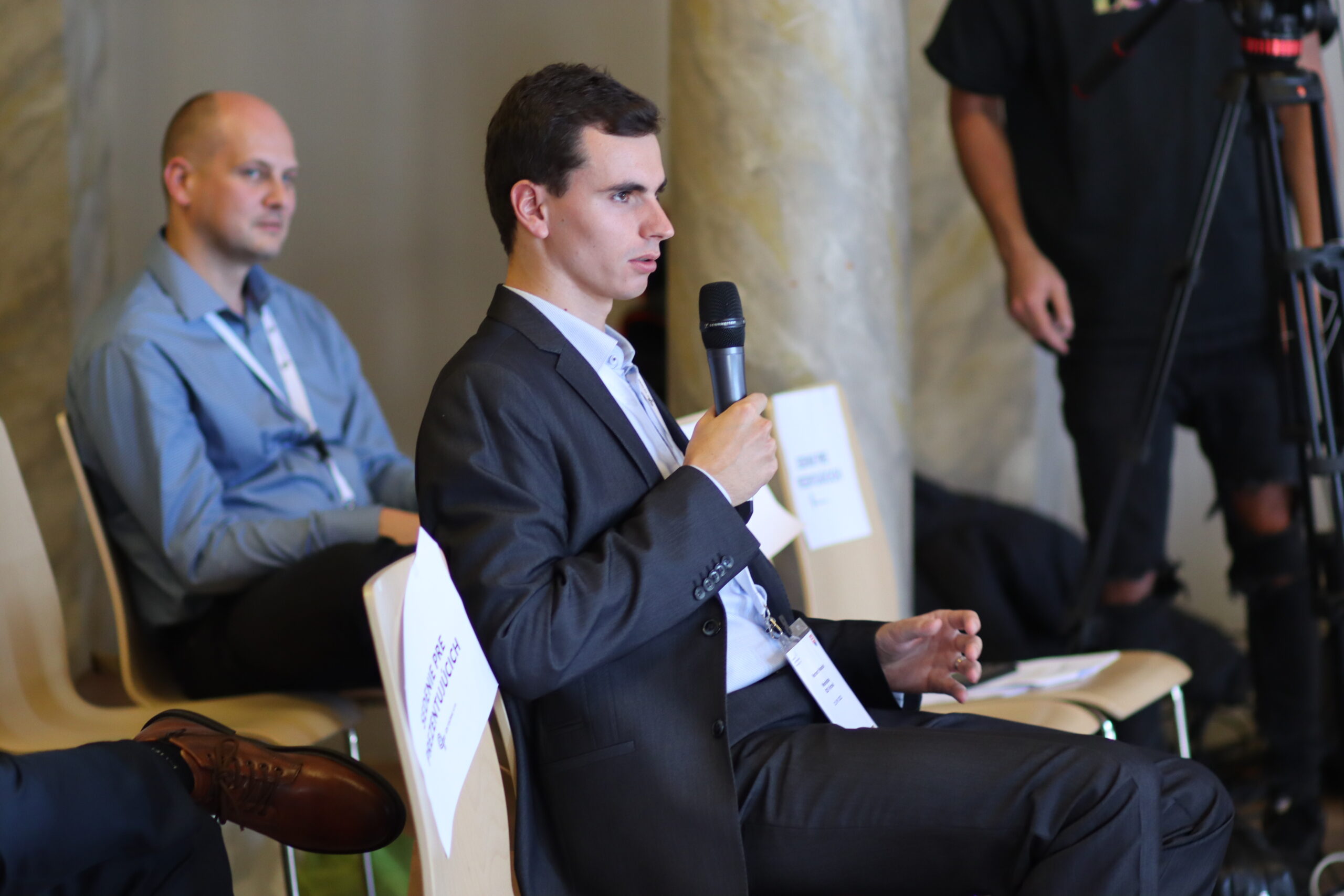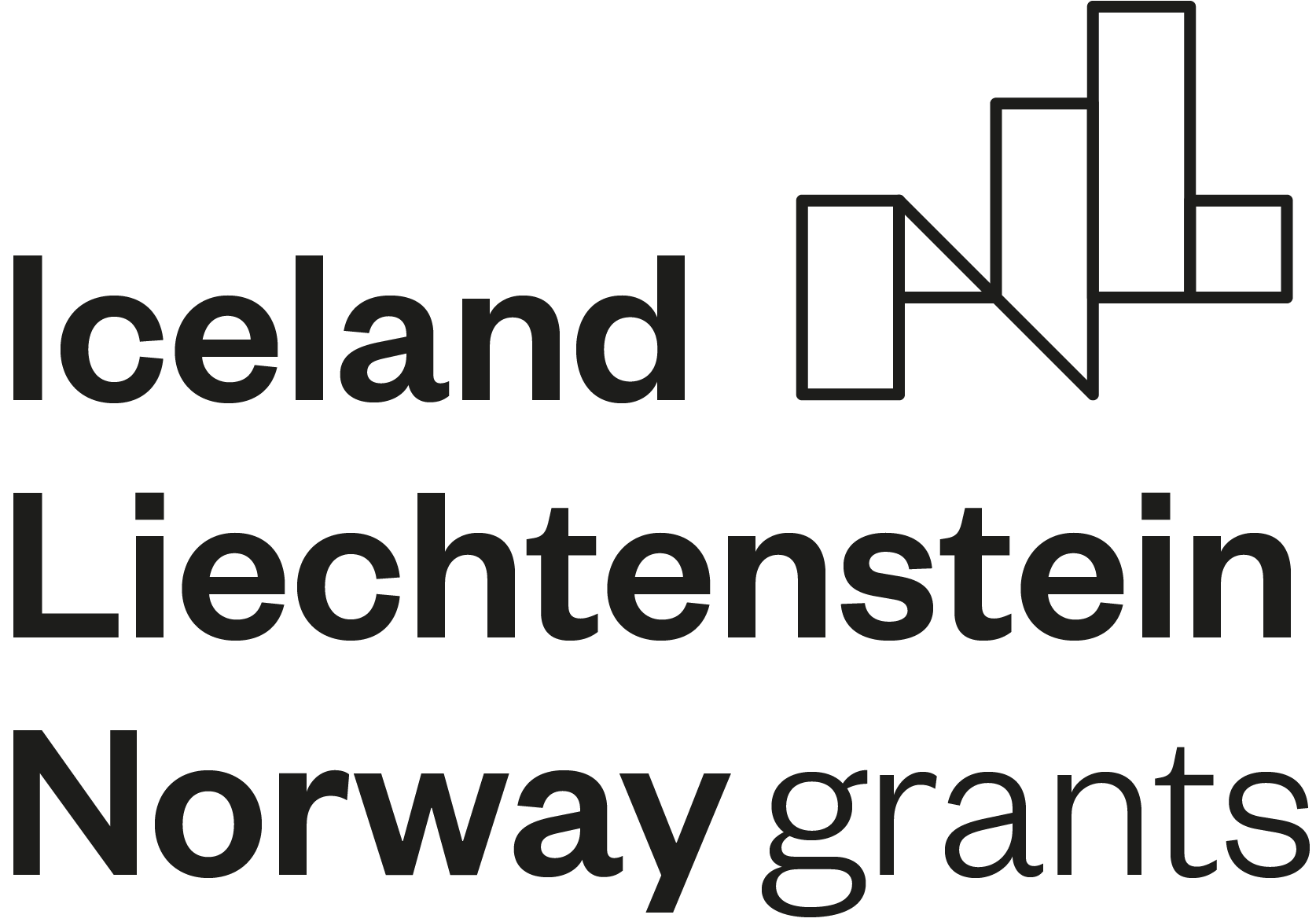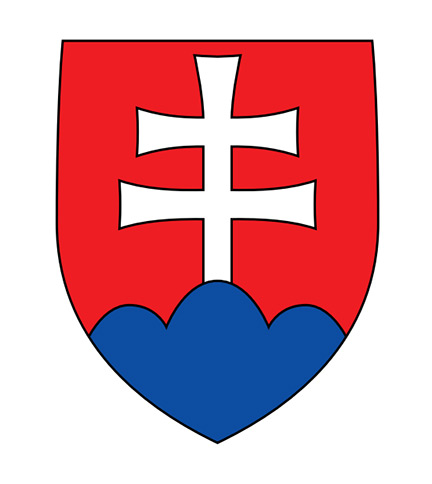Transport is an everyday part of our lives. Each of us needs to move to acomplish our duties, using different means of transport. Personal, public or bicycle forms of transport create a system of urban mobility, and its task is to make this system efficient, economically attractive and, last but not least, fast. Although public transport is less burdensome for the environment, it is still inattractive to the Slovak public. It is therefore important for transport professionals to have all the tools and technologies at their disposal that will enable them to analyze transport and improve its quality.
Transport model
Thanks to the transport model, it is possible to track the total time a passenger spends in transport, evaluate the attractiveness of timetables and simulate increases or decreases in passengers. Some models can predict the movement of pedestrians. In traffic modeling, however, it is necessary to know the composition of the population, its behavior, and the region and the destination of the roads must also be taken into account.
Slovak traffic models were one of the workshop topics organized in cooperation with the organisation IDS Východ (Integrated transport systems East) as part of the CLIMADAM project.
Transport technologist Norbert Mondek (IDS Východ) gave us an example of how it works in practice at the conference. In addition to different types of traffic models, traffic modeling was presented using the example of a ban on trucks entering the city. Such a ban would impact road congestion. Experts could further monitor several situations in the model, such as the diversion of transit traffic outside the city and the traffic situation directly in the city. While experts work towards a final decision in transport, they can verify multiple solutions and scenarios through traffic modeling.
Transport model in Ukraine
Based on the existing transport model in the Košice and Prešov Regions, transport documents for the city of Uzhhorod and the surrounding municipalities will be developed within the framework of the CLIMADAM project. Creating a sustainable transport model in the Transcarpathian region was significantly influenced by the war in Ukraine when hundreds of thousands of Ukrainians from the western part of Ukraine relocated to the east. The transfer of industry to the Transcarpathian region of Ukraine is also being considered, so the demands on transportation and transport services will increase. From this point of view, developing a transport model for Uzhgorod and its use in real-time and space is more than timely.
